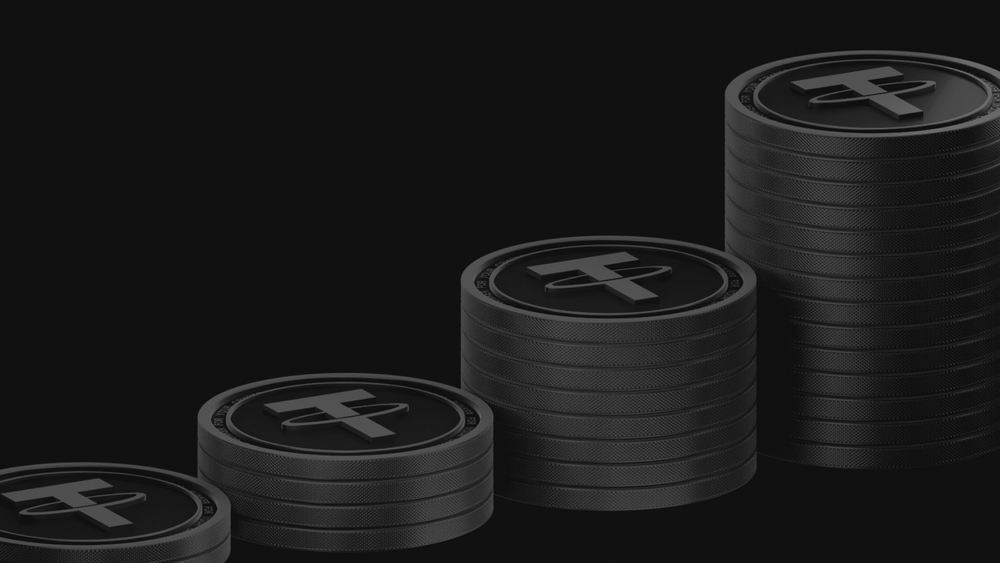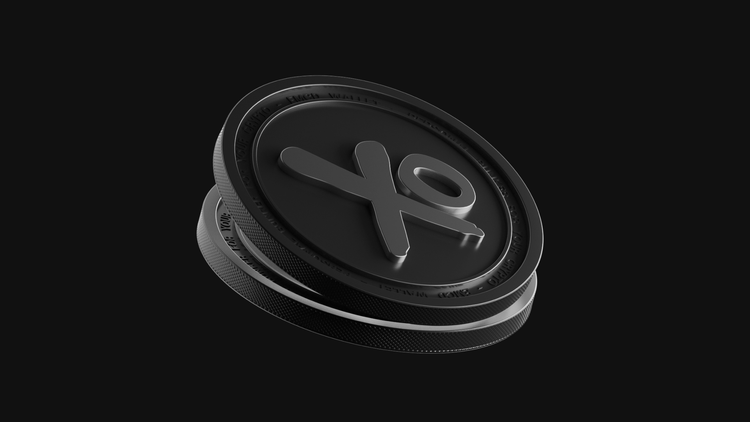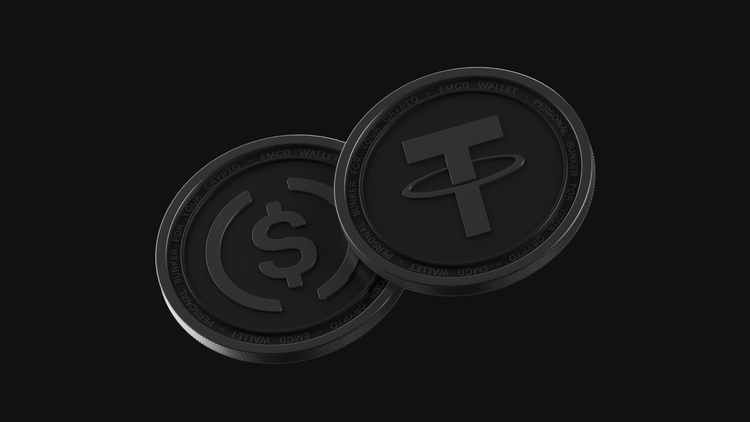How to earn interest on USDT

Stablecoins like Tether (USDT) give crypto users something rare — stability. But holding USDT doesn’t mean funds should sit idle. Instead, many turn their stablecoins into passive income from USDT by placing them in savings accounts, staking pools, or lending platforms. This article explores the best way to earn interest on USDT, from centralized providers to DeFi opportunities, highlighting both potential rewards and risks.
Understanding USDT and its role in crypto markets
USDT is the largest stablecoin, pegged 1:1 to the U.S. dollar. Traders use it as a safe haven during volatility and businesses accept it for cross-border payments. The advantage is predictability: one USDT should always equal one dollar. That stability makes it ideal for generating interest. Instead of speculating on token price, you earn yield from lending, staking, or saving.
As of September 2025, the market capitalization of Tether stands at about $172 billion, according to CoinMarketCap. The broader stablecoin sector is close to $300 billion, with USDT and USDC together accounting for nearly 80% of the market, as reported by Financial News London. This dominance shows why USDT is the main vehicle for earning interest.
Centralized platforms for earning interest on USDT
The most popular route is through centralized savings platforms. Services like Binance Earn, Nexo, Kraken, and EMCD Coinhold allow users to deposit USDT and receive daily or monthly payouts.
Typical features include:
- Fixed or flexible terms with APY up to double digits
- USDT savings account with APY clearly displayed
- Instant liquidity on flexible plans
- EMCD Coinhold USDT APY options where miners or traders can store rewards securely and earn
Such high yield USDT accounts resemble traditional banking products, but returns are generated by lending to traders, liquidity pools, or institutional clients. Users should always review security policies and licensing of providers.
DeFi options for USDT staking and lending
For those who prefer decentralization, DeFi offers alternatives. Protocols like Aave, Compound, or Curve Finance let you supply USDT into smart contracts and earn USDT staking rewards. Returns vary depending on demand for stablecoin liquidity.
The advantage: no intermediaries. Funds are managed through open-source contracts, accessible directly with a crypto wallet. The drawback: risks of hacks or smart contract exploits. In DeFi, yields can reach higher levels than on centralized exchanges, but so does exposure.
Yield farming with USDT
Yield farming means moving USDT between protocols to capture the best opportunities. Examples include pairing USDT in liquidity pools on decentralized exchanges like Uniswap or PancakeSwap. In return, you receive trading fees plus incentives from the platform.
This approach can generate earn daily interest on USDT but demands constant monitoring. Gas fees, impermanent loss, and shifting incentives make farming best suited to advanced users.
Using USDT in liquidity pools
Another approach is providing USDT into pools that power decentralized exchanges. By combining USDT with volatile tokens, you help create liquidity and earn a share of trading fees. Pools are integrated into many mobile wallet apps such as Trust Wallet, where you can manage USDT in crypto wallet with interest.
Liquidity pools are attractive for diversification, but they require careful risk management. Impermanent loss means your share of assets may change in value compared to simply holding stablecoins.
Risks of earning interest on USDT
No yield is risk-free. Main risks include:
- Counterparty risk: centralized platforms might face regulatory or operational challenges
- Smart contract risk: DeFi contracts can contain vulnerabilities
- Liquidity risk: some accounts limit withdrawals during fixed terms
- Regulatory risk: laws for stablecoins are still evolving globally
Understanding these risks is essential before choosing where to earn interest on USDT.
Tips for maximizing safe returns
To improve results while keeping security in mind:
- Diversify between centralized and decentralized accounts
- Prefer providers with transparent audits and insurance
- Use flexible terms if you need fast withdrawals
- Track real APY versus promotional rates
- Start small, then scale once comfortable
Following these steps helps capture yield while limiting exposure.
Final thoughts and best practices
Earning on USDT is less about chasing hype and more about building passive income in stable form. Whether through savings accounts with APY, staking rewards, or high yield USDT accounts, opportunities exist across CeFi and DeFi. Platforms like EMCD Coinhold USDT APY add integrated security and ecosystem benefits, while DeFi protocols bring permissionless access.
In short: stablecoins are not just for holding. Used wisely, they can work for you — delivering predictable returns, steady growth, and financial flexibility.
FAQ
What are the safest ways to earn interest on USDT?
Reputable centralized platforms with audits and insured custody, plus blue-chip DeFi protocols.
How much interest can I realistically earn on USDT?
APY ranges from 3–14% depending on provider, term, and market demand.
Is it better to use centralized platforms or DeFi for USDT interest?
Centralized accounts offer simplicity and customer support. DeFi offers autonomy and often higher yields but with more risk.
Are there risks of losing funds when staking or lending USDT?
Yes — risks include hacks, counterparty defaults, and regulatory actions. Always assess provider security.
Can I withdraw my USDT anytime while earning interest?
Yes on flexible terms; fixed terms may lock funds until maturity.
Which platforms currently offer the highest returns on USDT?
Rates change daily, but comparison sites like Bitcompare and exchange pages (e.g., Binance Earn, Kraken, EMCD Coinhold) publish live APY figures.




